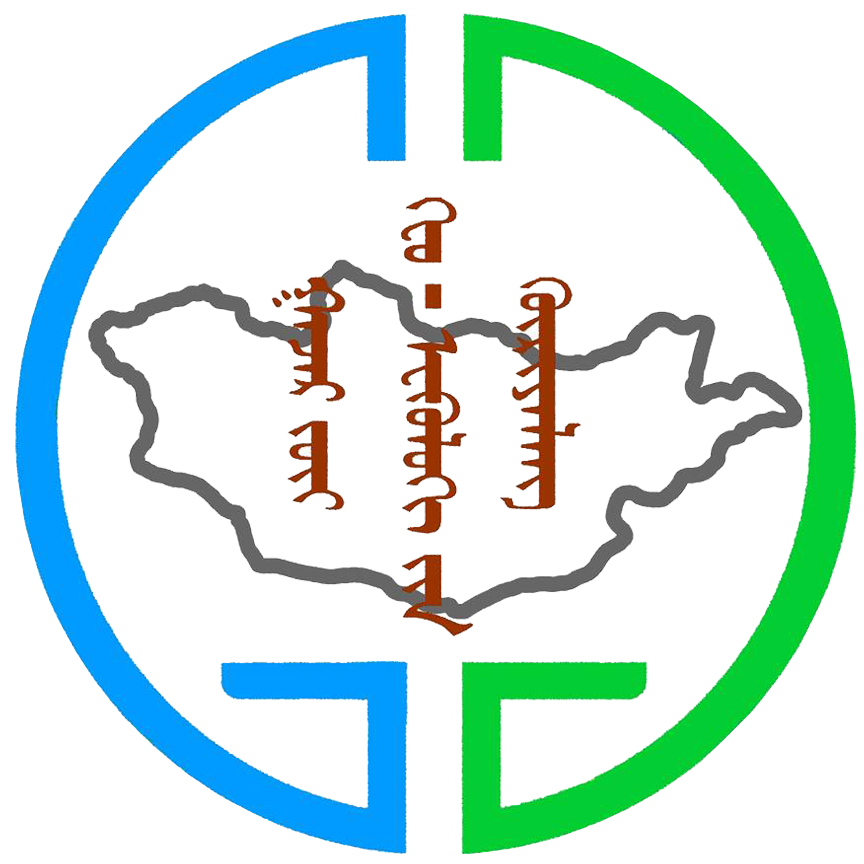Groundwater age of spring discharges under ...
Obtaining a better understanding of groundwater dynamics in permafrost zones is a critical issue in permafrost hydrology. This includes assessing the impacts of climate change on permafrost thaw and ground ice-melt. Both permafrost thaw and ground ice-melt can be related to groundwater discharges (i.e. spring discharges), and spring water is an important local water resource; accordingly, changes in these processes can have large impacts on local people and their subsistence activities. To detect permafrost thaw and ground ice-melt in the permafrost zone of Mongolia, groundwater ages of several spring discharges were determined using two transient tracers: tritium ( 3H) and chlorofluorocarbons (CFCs). Spring water samples were collected seasonally from 2015 to 2019 at seven spring sites around the Khangai Mountains in central Mongolia. The sites included two thermokarst landscapes on the northern and southern sides of the mountains. The 3H and CFC concentrations in the spring water in the thermokarst landscapes were very low, especially on the southern side of the mountains, and the estimated mean groundwater age for these sites was older than that for the other sampled springs. Consequently, the young water ratios of the thermokarst sites were lower than those for the other springs. This ratio, however, showed a gradual increase with time, which indicates that recently recharged rainwater began to contribute to the spring discharge at the thermokarst sites. An atmospheric water budget analysis indicated that net recharge from modern and recent precipitation to shallow groundwater in the summer season was almost zero on the southern side of the mountains. Thus, we inferred that the spring water at the thermokarst sites on the southern side of the mountains contained large amounts of ground ice-melt water.
There are no views created for this resource yet.
Additional Information
| Field | Value |
|---|---|
| Data last updated | April 18, 2021 |
| Metadata last updated | April 18, 2021 |
| Created | April 18, 2021 |
| Format | application/pdf |
| License | Creative Commons Attribution |
| created | over 4 years ago |
| format | |
| id | 4404cf19-f6f7-4048-b256-e8c2ada3d54d |
| last modified | over 4 years ago |
| mimetype | application/pdf |
| on same domain | True |
| package id | 5406a479-fa42-4bad-a42d-fd5cbafa738a |
| revision id | c221e704-c6c3-4c9a-951f-4e679887ecd6 |
| size | 1.9 MiB |
| state | active |
| url type | upload |
